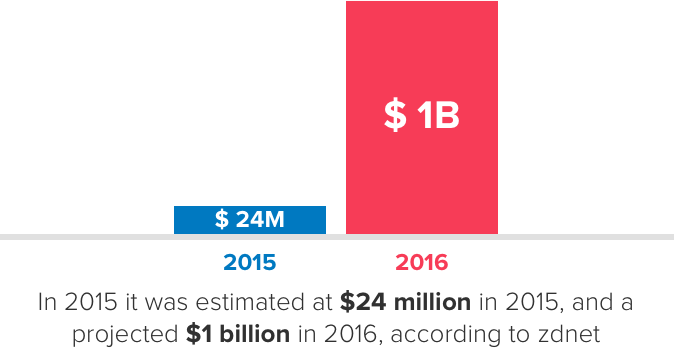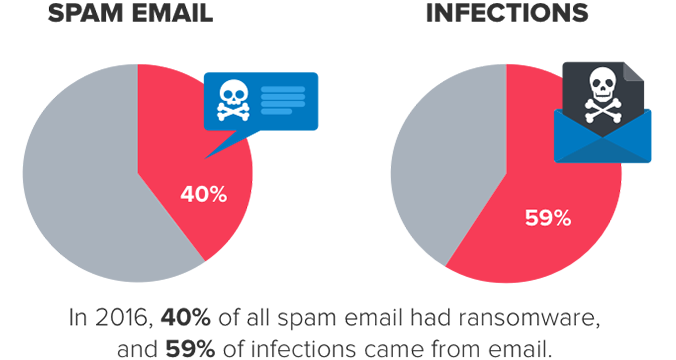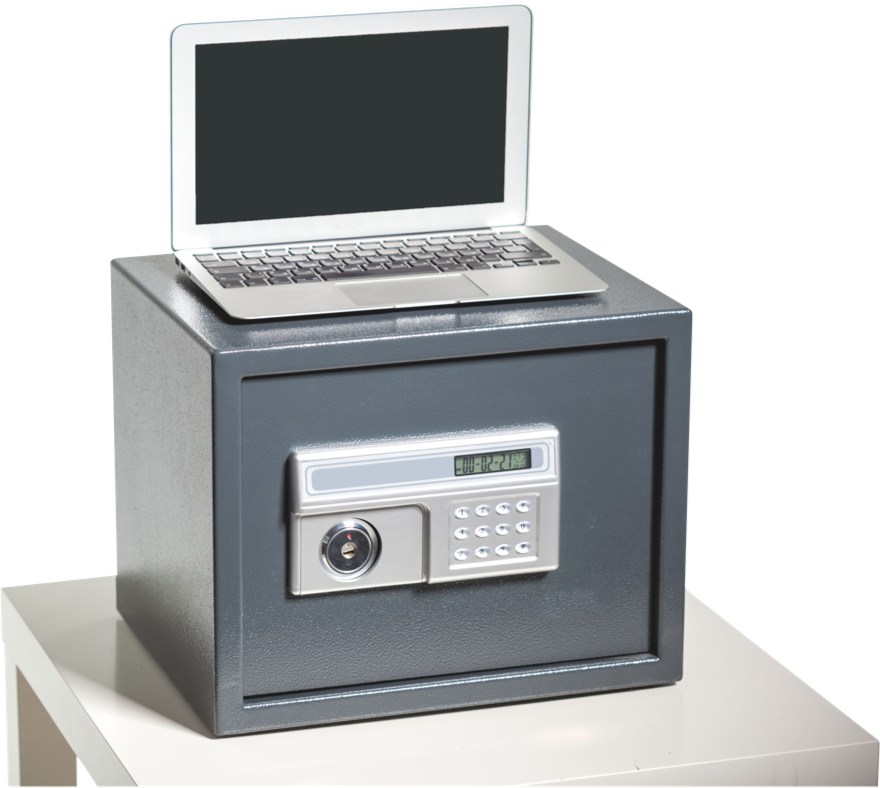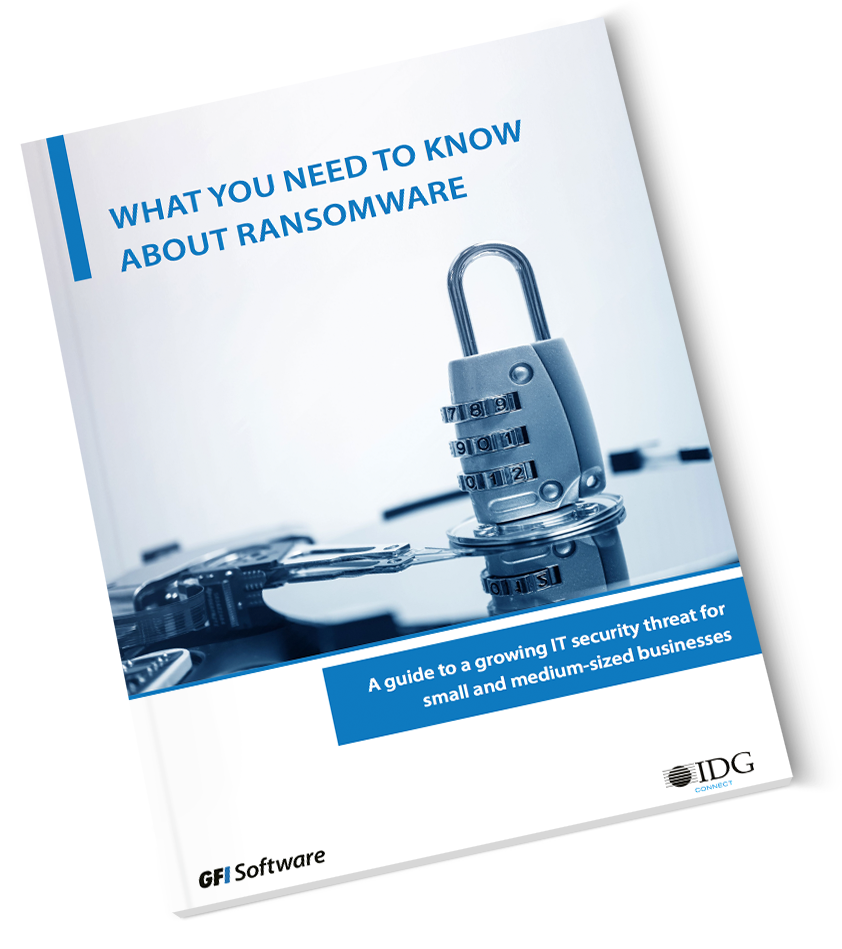Everything you need to know about Ransomware
The threat is still out there and it's getting even more sophisticated. Ransomware prevention relies on a layered approach so make sure all your bases are covered.
DOWNLOAD FREE WHITEPAPERThe threat is still out there and it's getting even more sophisticated. Ransomware prevention relies on a layered approach so make sure all your bases are covered.
DOWNLOAD FREE WHITEPAPERRansomware threats come from multiple entry points. That's why no one tool is enough. Instead, you need to rely on a number of solutions to prevent an attack
There are many types of ransomware but from Locky to WannaCry the premise remains simple: A computer is infected through a malicious file which enters the victim's PC either through email, web download or USB and it encrypts the PC’s files. Once the computer becomes infected, a message is shown to the user explaining what just happened and demanding bitcoin to decrypt the files.


In 2016, Verizon Enterprise Solutions was hit by ransomware and details of over 1.5 million customers were offered for sale. In May 2017, the UK National Health Services (NHS) were also hit by ransomware and 16 hospitals had to turn away patients and cancel surgeries. Ransomware has no victim profile. From large companies, to hospitals, to individuals, the malicious files are deployed and whoever clicks becomes the victim.
There are a number of things you can do to stop your business being brought to a halt because of ransomware:

Have data backups
Make sure you have regular data backups stored in an offline or cloud-based location and that this data is set to read-only.Scan and block email attachments
Before any emails hits your user’s inbox make sure it goes through an email hygiene system which scans or blocks certain file types.Patch regularly
The latest WannaCry ransomware attack exploited a vulnerability which Microsoft patched three months prior. Patch consistently.Scan all internet downloads
Ransomware can be served through malicious websites. Make sure all internet downloads are scanned before reaching your end user.